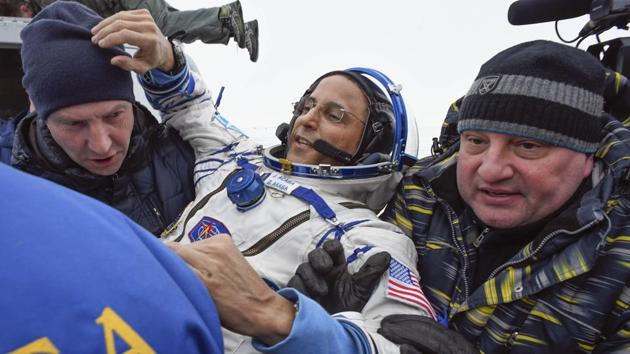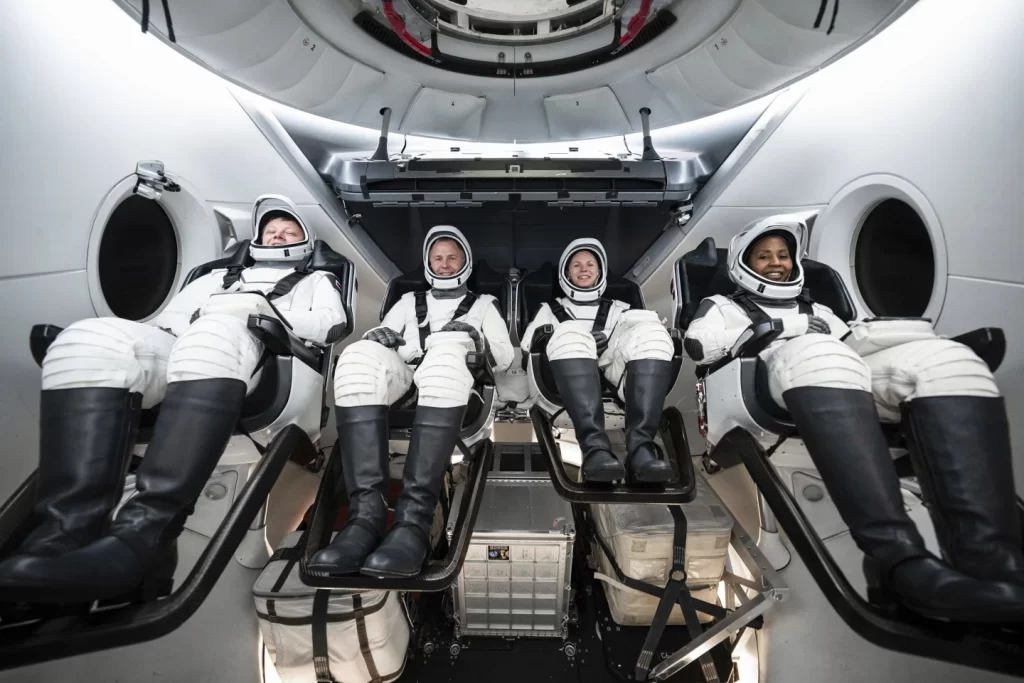A Soyuz capsule carrying two Russian cosmonauts and one American astronaut successfully landed in Kazakhstan on Monday, concluding a record-breaking mission aboard the International Space Station (ISS).

The capsule touched down on the Kazakh steppe approximately 3 1/2 hours after undocking from the ISS, completing what appeared to be a trouble-free descent.
Russian cosmonauts Oleg Kononenko and Nikolai Chub returned after spending 374 days on the space station, setting a new record for the longest continuous stay aboard the orbiting laboratory. American astronaut Tracy Dyson, who had been on the ISS for six months, also returned with them.
The trio’s journey began when they undocked from the ISS earlier on Monday. Their departure marks a significant milestone in space exploration history, particularly for the Russian space program.
Kononenko and Chub launched to the space station on September 15, 2023. On Friday, just before their return, they surpassed the previous record for the longest continuous mission on the ISS. Dyson, a veteran astronaut on her third mission to space, completed a standard six-month rotation.

The successful landing of the Soyuz capsule demonstrates the ongoing cooperation between Russia and the United States in space exploration, despite tensions on Earth. This collaboration is crucial for maintaining the operations of the International Space Station, a symbol of international scientific cooperation.
Eight astronauts remain aboard the ISS, including Americans Butch Wilmore and Suni Williams. Wilmore and Williams have extended their stay beyond their original schedule due to issues with their return vehicle, the Boeing Starliner capsule.
The pair arrived at the station in June as the inaugural crew of Boeing’s new Starliner. However, thruster problems and helium leaks in the capsule led NASA to deem a return flight too risky. As a result, Wilmore and Williams are now scheduled to return to Earth with SpaceX next year, highlighting the complexities and challenges of space travel and the importance of having multiple transportation options for crew rotations.
apnews.com



